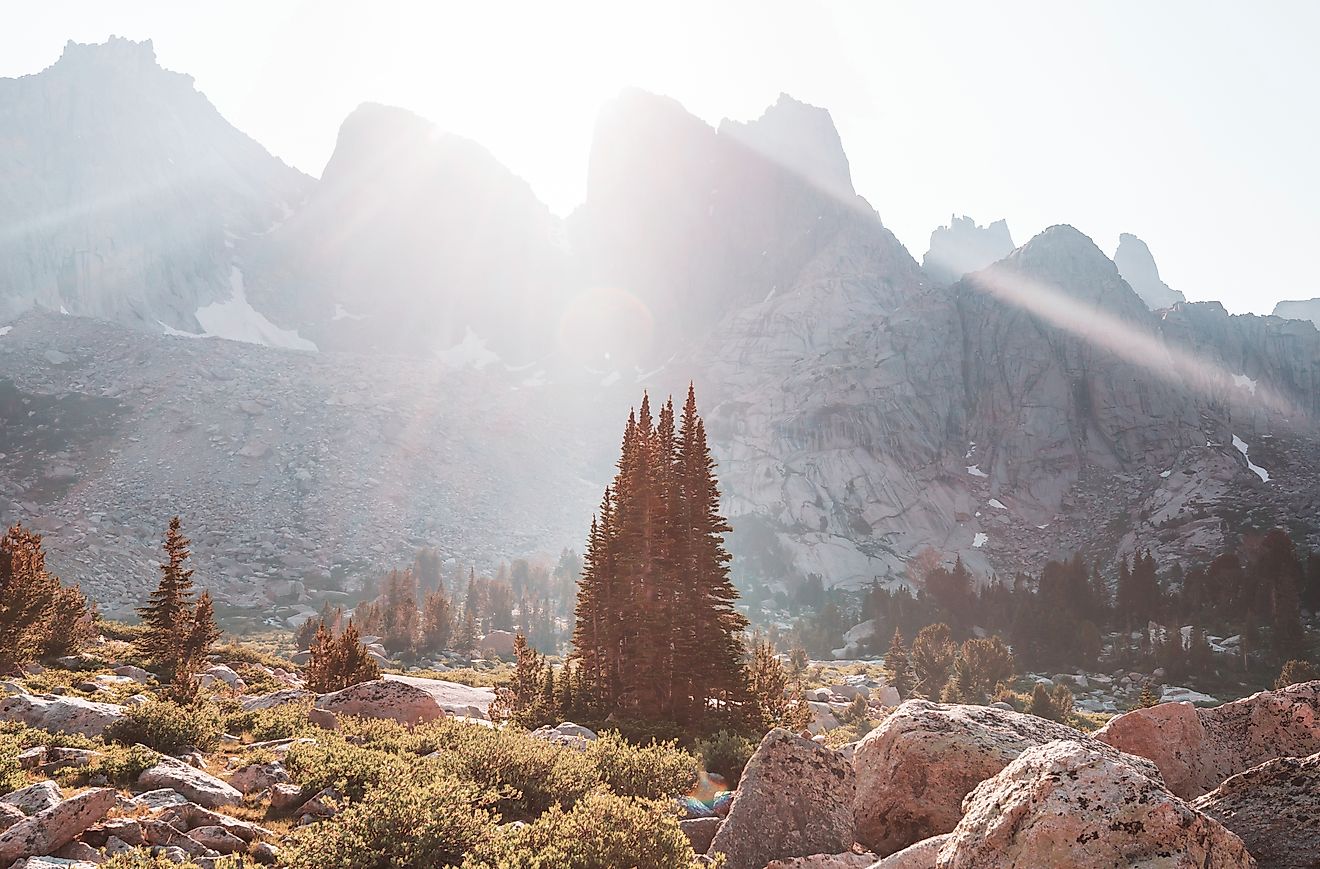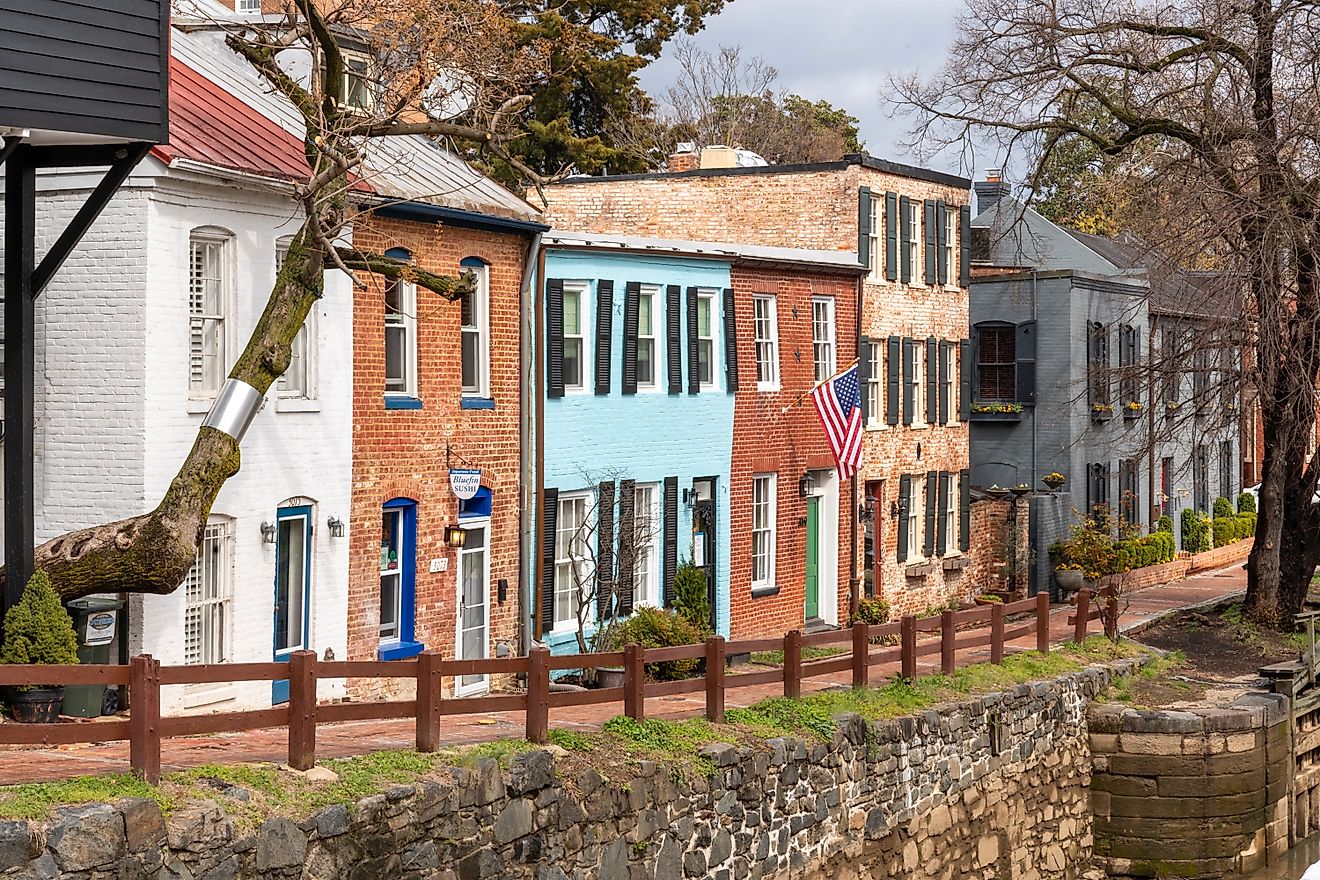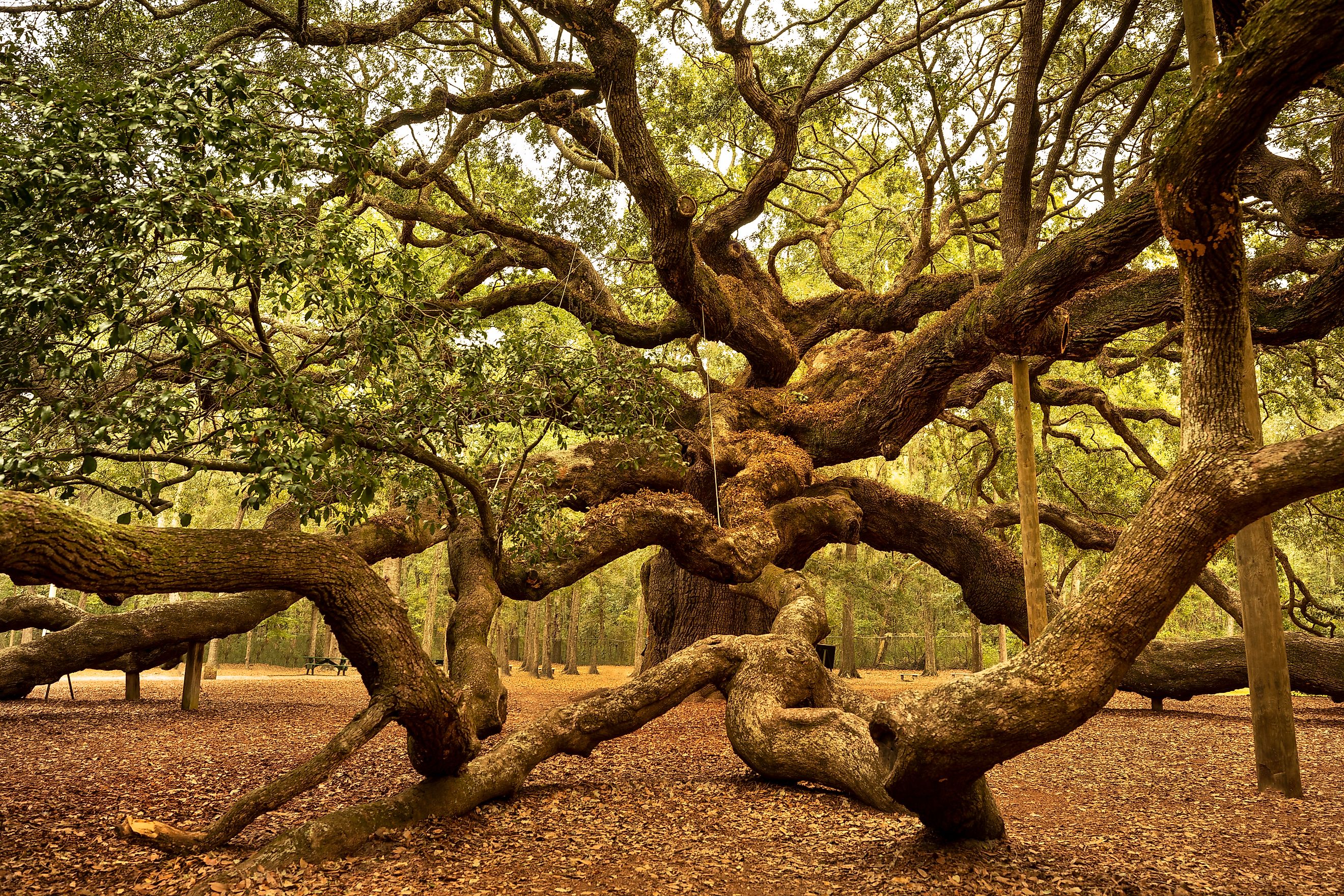
The Strangest Looking Trees in America—and Where to See Them
They twist, bulge, stretch, and shimmer like something out of a dream—or maybe a nightmare. Across the US, there are trees so peculiar in form, color, and presence that they stop hikers, photographers, and road trippers in their tracks. Some look like they’re melting. Others gleam ghost-white under the sun. And a few grow sideways or curl into tangled spirals, as if trying to escape their own roots.
These botanical oddities aren’t just internet-famous curiosities—they’re very real, and you can visit them. Scattered across national parks, remote deserts, and misty mountain slopes, these trees remind us that nature has a surreal side. Explore the seven strangest-looking trees in America, learn where to find them, and what makes them so bizarre. Whether you’re planning your next road trip or just want to experience a wilder side of the natural world—these are the trees you won’t believe exist until you see them.
The Bristlecone Pine — White Mountains, California
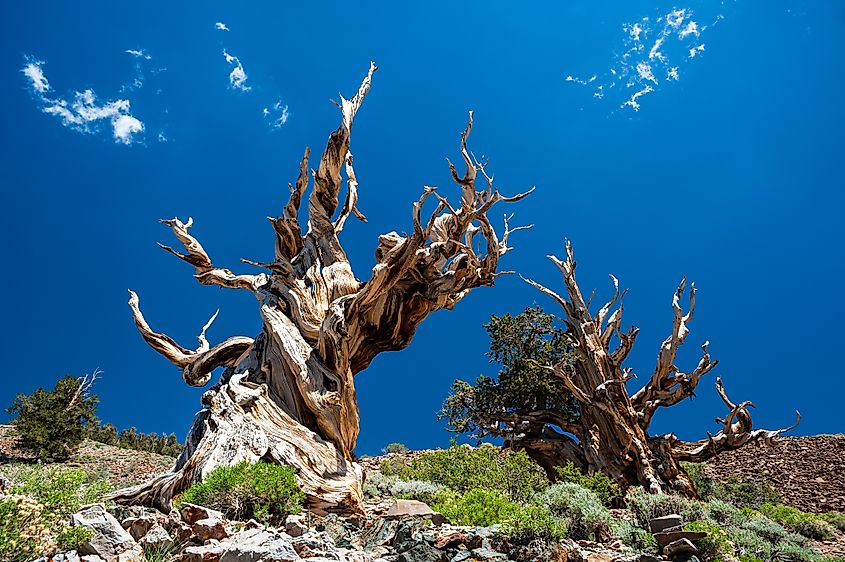
Imagine a tree that looks like it's been carved from ancient driftwood, twisted and silvered by the wind. The Great Basin bristlecone pine (Pinus longaeva) is not only the oldest tree species on Earth—some are more than 4,800 years old—but also one of the strangest in appearance. Their gnarled trunks and windswept limbs resemble petrified ghosts, shaped by centuries of exposure to extreme elements.
You can see these living relics in California’s White Mountains at the Ancient Bristlecone Pine Forest. The elevation exceeds 10,000 feet, and the Martian-like landscape only adds to the surreal feel. Some trees are partially dead but still clinging to life, showcasing a strange mix of barkless wood and tiny green needles. It’s haunting, inspiring, and completely unforgettable.
Joshua Tree — Mojave Desert, California
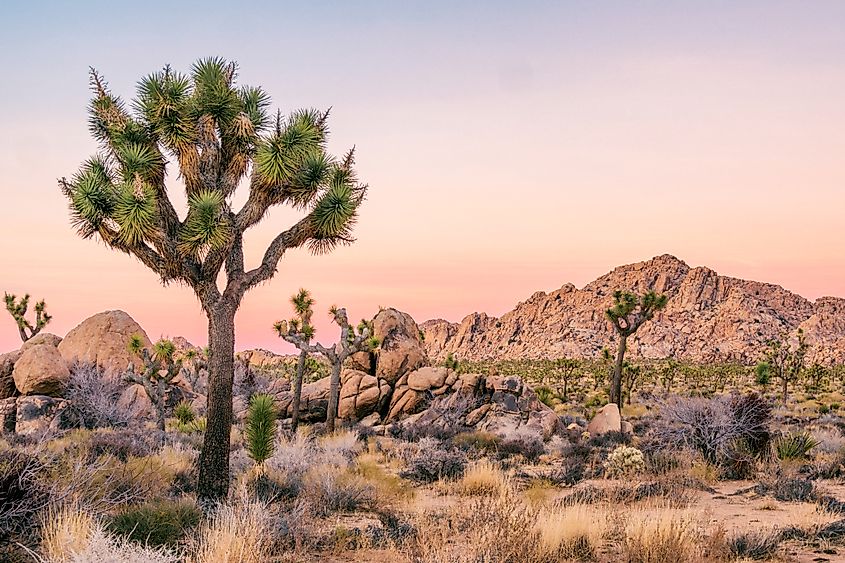
The Joshua tree (Yucca brevifolia) looks like something Dr. Seuss might’ve sketched after a long walk in the desert. Its contorted branches stretch upward like arms mid-dance, crowned by spiky tufts of dagger-shaped leaves. It’s not actually a tree—it’s a type of yucca—but its size and shape qualify it for the weird tree hall of fame.
The best place to see them is, of course, Joshua Tree National Park in southeastern California, where thousands of these surreal plants dot the desert. The trees’ spindly limbs and clustered crowns make them look like something out of a science fiction film, especially under moonlight. No two Joshua trees are alike, and some take on almost human forms.
Angel Oak — Johns Island, South Carolina
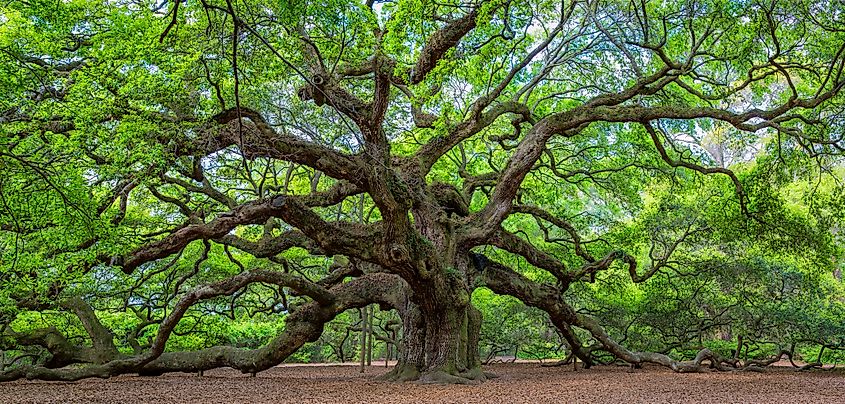
The Angel Oak is a Southern Gothic masterpiece—massive, mossy, and crawling with limbs that stretch in every direction like giant tentacles. Estimated to be 400–500 years old, this Southern live oak (Quercus virginiana) stands 65 feet tall with limbs extending over 180 feet.
Located just outside Charleston, South Carolina, on Johns Island, the Angel Oak isn’t so much strange in species as it is in form. Its enormous limbs swoop and dive, resting on the ground and rising again like a wooden sea serpent. The moss and filtered light only add to its mystique. It feels like you’ve stepped into a mythical forest, even though you’re only minutes from city streets.
Rainbow Eucalyptus — Oahu, Hawaii

Yes, this tree is real—and no, it wasn’t painted. The rainbow eucalyptus (Eucalyptus deglupta) features technicolor bark that peels away in patches to reveal streaks of bright green, red, orange, purple, and blue. It’s the only eucalyptus species that grows in the Northern Hemisphere, and it thrives in Hawaii’s moist tropical climate.
You can see them on Oahu along the Hanauma Bay to Kailua drive, or better yet, at the Keʻanae Arboretum on Maui. Standing before a full-grown rainbow eucalyptus is like staring at a living art installation. The bark looks like it was streaked with watercolors, and the vivid colors shift depending on light and moisture levels. It’s otherworldly—and completely natural.
The Tree of Life — Olympic National Park, Washington
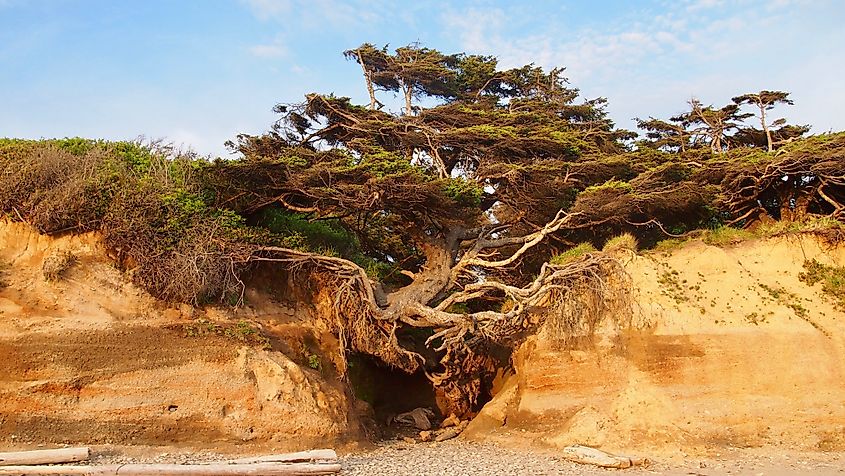
Also known as the Kalaloch Tree, this Sitka spruce has earned internet fame for defying the laws of gravity. Perched between two eroded cliffs along a Washington beach, the tree’s massive root system is completely exposed, suspended in midair with no soil to cling to—yet somehow, it’s still alive.
Found near Kalaloch Lodge in Olympic National Park, the Tree of Life is more than strange—it’s a miracle. Storm after storm has washed away the earth beneath it, but its roots cling to the cliffs like a natural suspension bridge. The tree has become a symbol of resilience, and it looks almost too dramatic to be real.
Quaking Aspen Clones — Fishlake National Forest, Utah
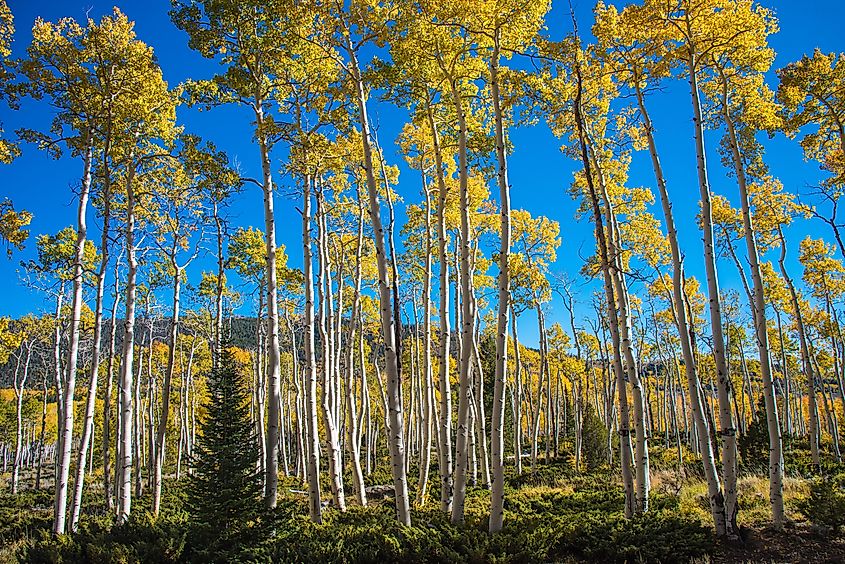
At first glance, quaking aspens (Populus tremuloides) aren’t especially weird. But what makes them strange is invisible at first: many aren’t separate trees at all. Some groves are genetically identical clones, all connected by a single massive underground root system. The most famous of these is “Pando,” located in Utah’s Fishlake National Forest.
Pando is estimated to weigh over 6,000 tons and could be more than 10,000 years old. Technically, it’s one of the largest and oldest living organisms on Earth. The trees shimmer in fall, their golden leaves flickering in unison like a giant wave. The fact that it’s all one organism hidden in plain sight makes it not just strange, but deeply fascinating.
Monterey Cypress at Point Lobos — Big Sur Coast, California
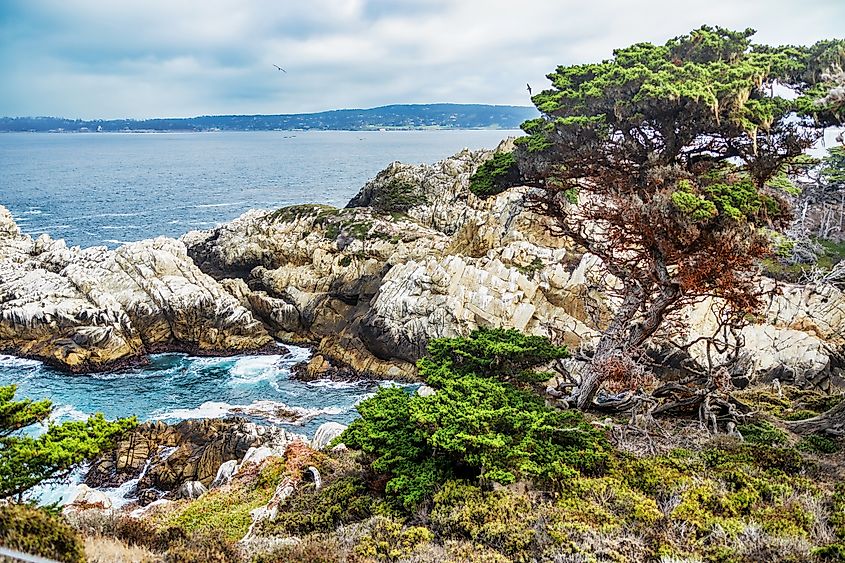
Perched on wind-battered cliffs, the Monterey cypress (Cupressus macrocarpa) at Point Lobos grow in haunting, twisted forms sculpted by sea winds and salt spray. These trees are only found in two natural groves along California’s central coast, and they often look like they’re frozen mid-sway, their trunks hunched and limbs clawing at the fog.
The Point Lobos State Natural Reserve near Carmel-by-the-Sea is the best place to witness their eerie beauty. Their salt-twisted shapes give them an almost haunted presence, especially when the marine layer rolls in. Against the cliffs and crashing waves, these cypresses feel like living remnants of a prehistoric world.
Nature’s Strangest Masterpieces—Right Here in America
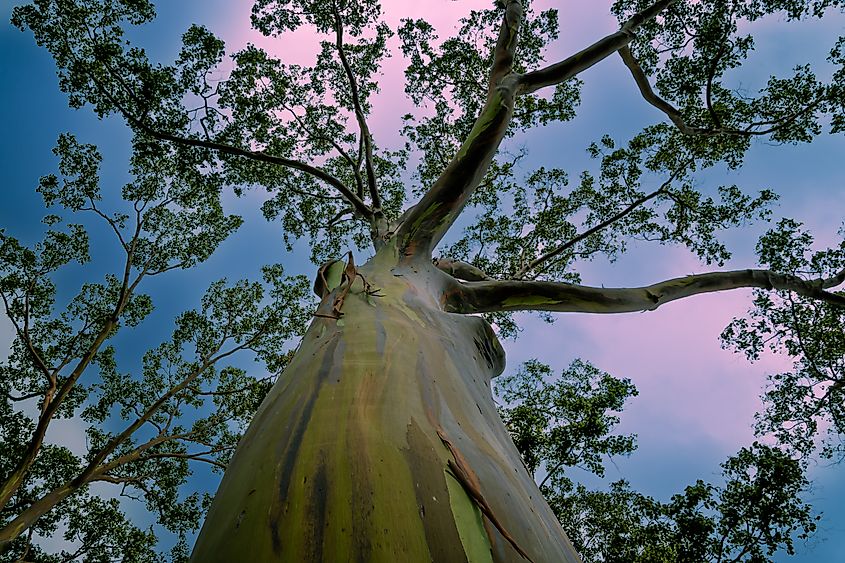
From rainbow-streaked trunks to roots that float in midair, the United States is home to some of the planet’s most bizarre and beautiful trees. These aren’t your typical backyard oaks or pines—they’re natural wonders that blend art, science, and storytelling into living, breathing forms. Each one has a story to tell: of endurance, adaptation, and the wild creativity of nature.
Whether it’s a single awe-inspiring giant or an ancient forest growing as one, visiting these strange trees is more than sightseeing—it’s a chance to experience nature’s eccentric side. Pack a camera, wear good hiking shoes, and bring your sense of wonder. The weirdest trees in America are waiting—and they’re even more unbelievable in person.





